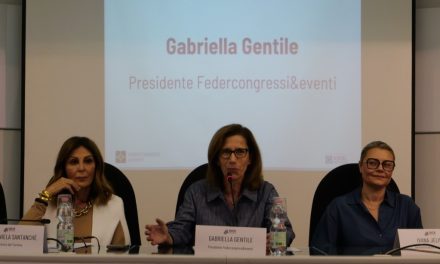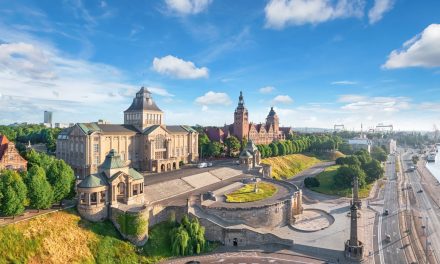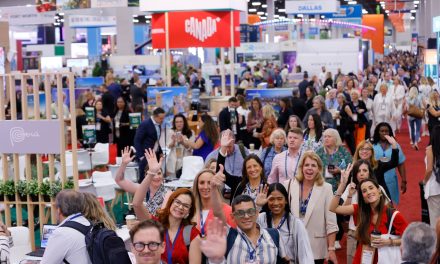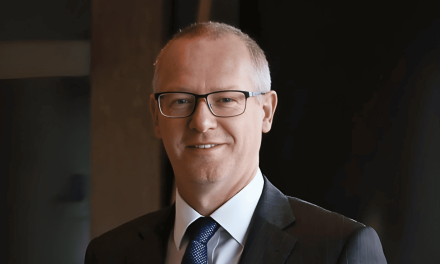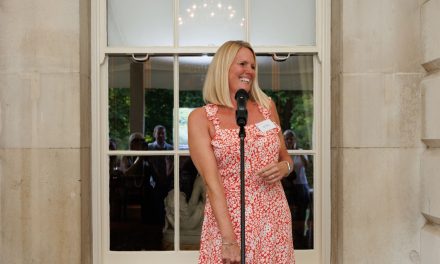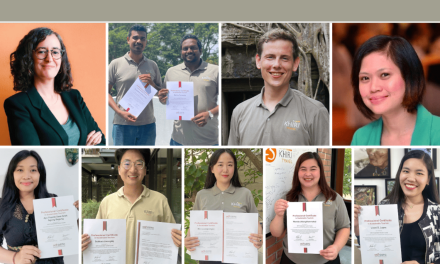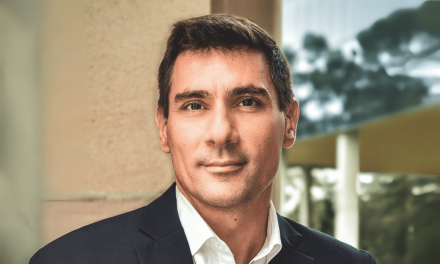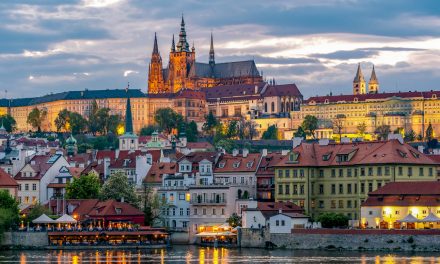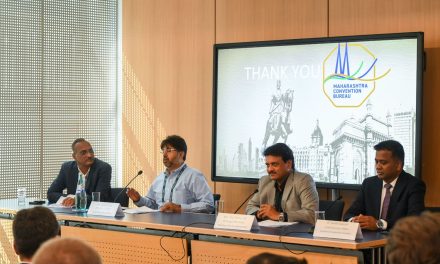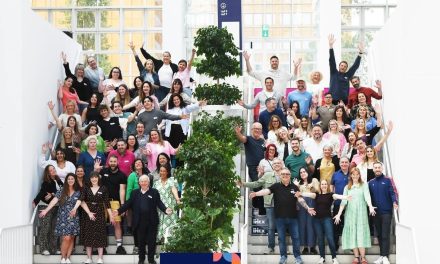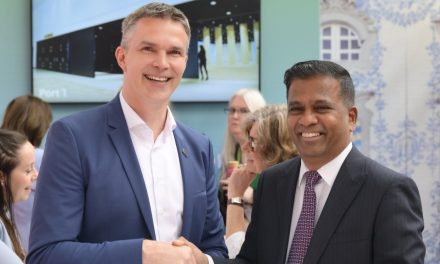Göteborg. “It was a fantastic meeting. It is getting better and better. We are one association now,” says Olivier Lépine, summing up the Third Annual Conference & General Assembly of the ECM (European Cities Marketing) held in Göteborg from 17 to 20 June. Three years after the merger between the EFCT (European Federation of Conference Towns) and the ECT (European Cities Marketing) the Vice-President Conventions is relaxed and excited by the content. The topic “Events and Meetings in the City” is undeniably a peace offering as “Quite a few members from the convention sector were critical about the merger.”
The participant roster shows why. It lists 182 names – but who is who? Visit Oslo for example has sent six delegates. That Anne Wallin Rodven manages the Convention Bureau is not apparent and the excuse “they are all on the same payroll” not very helpful. As a CVB director criticises, ”I put in my whole company name, including convention – but it wasn’t printed.” The survey in the plenary do not clear up the matter: 15 percent are academics, 72 percent tourism professionals and 12 percent “others”. Lépine remains above the issue. “We cannot have a conflict between tourism and conferences in our cities. We have to work together as one destination!”
Only then do cities win the European Athletics Championship for themselves. Just like Göteborg in 2006, which drew an audience of 270,000 to the stadiums and 890 million in front of the TV, as well as making 90 million Euros. Hans-Jörg Wirz explains that “the whole city must be ready. The championship cannot end at the stadium gate!” The President of the European Athletic Association (EAA) ran the 400 metre hurdles during the 1972 Olympics and states: “We organise more than a sport event! We have two pillars: One is the competition, but the second is helping society with sport and health, leadership and integrity. We want to develop new formats with the destination. In the future I can imagine special championships events for health problems.”
Anna Frick sits up and takes notice. Then the Director of Marketing Services at AstraZeneca talks about the worries of the pharmaceutical industry, particularly patent expiry and bad reputation. The President of the IPCAA (International Pharmaceutical Congress Advisory Association) does not mince words: Social events, resorts and 5-star hotels are out and accommodation must remain under 200 Euros a night. “Meetings are about content, not destinations and venues!, Frick says. “We move from promotional activities to more medical information, to more science in exhibitions and congresses.”
This sounds good to Claes Bjerke. The former CEO Göteborg & Co calls for a “more holistic view when we plan events.” Bjerke: “Create meetings out of your competency. Look at local universities, institutes and companies that provide content.” The host demonstrates how by involving the School of Business, Economics and Law, University of Gothenburg, in the ECM programme and inviting Donald Getz onto the stage. The professor corroborates the practitioner: “Study the numerous niche markets and their social world”. He suggests to observe what drives people to Facebook and YouTube and then form strategies to attract them.
A delicious foretaste of the “Generation Y” was served by Rob Davidson from the University of Westminster. Those born between 1977 and 1995 are the fastest growing portion of the working population and the most demanding. “They are different in what they want from a conference. They are very visual and depend on visual learning,” explains Davidson. “Use few words and show images. Think in SMS-format.” Destinations have to be “funky, cool, hot, edgy and post-iconic” for the young.
Listeners are excited, regardless of whether they represent tourism or conferences. Above all Frank Magee, head of Dublin Tourism. The first ECM President hands over the office with satisfaction after two years to Dieter Hardt-Stremayr from Graz. “I never had anything like this: the buzz, the speakers, the blending between scientists and practitioners”.
Please read the entire article in CIM 4/09, which appears on September 1, 2009.

